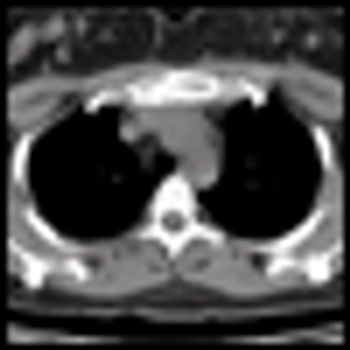
Dr. Maitland DeLand, a radiation oncologist at LSU School of Medicine, New Orleans, and president of OncoLogics, Inc, in Lafayette, La, has found that following radiotherapy for breast cancer, exposing women to low-energy nonthermal light-emitting diode (LED) photomodulation can significantly reduce painful, treatment-interrupting skin reactions.













































































